Leamington Art Gallery and Museum’s exhibition ‘Modern Mercia’ explores modern art and design produced in Coventry and Warwickshire after the Second World War. Curators Jane Simpkiss (Leamington Art Gallery and Museum) and Louise Campbell (University of Warwick) introduce the key themes of the show and reflect on their experience curation in lockdown.
Jane Simpkiss and Louise Campbell
Collection: Leamington Art Gallery and Museum
Keywords: Post-war Reconstruction, Sculpture, Public art, Coventry, Warwickshire, lockdownDownload a PDF of this article
The exhibition Modern Mercia: art and design in Coventry and Warwickshire 1945-70 at Leamington Art Gallery & Museum was conceived in 2019 as a successor to the Gallery’s 2016 show Concealment and Deception: the art of the camoufleurs of Leamington Spa, 1939—45, which looked at the Leamington-based artists who designed camouflage for factories and airfields during the Second World War. This earlier exhibition had drawn our attention to the rich art produced in the region in the mid-twentieth century and the artistic networks that had developed as a result of the Camouflage Directorate. Modern Mercia aims to answer the question ‘what came next?’ This new exhibition explores the work of artists, designers and architects who contributed to the post-war creative boom in Coventry and Warwickshire, and takes place in the year in which Coventry is ‘City of Culture’
Modern Mercia took as its basis a collection of work by the painter Richard ‘Dick’ Hosking and his wife, the sculptor, Alma Ramsey-Hosking, which was given to the gallery by their daughter Sarah Hosking. Coventry College of Art, where Dick Hosking was Principal from 1947 until 1964, formed part of the city’s post-war cultural infrastructure, along with the new art gallery, a municipal theatre and the new cathedral. Inevitably, the glamour and publicity surrounding the construction of the cathedral, and the artists who contributed to it, have overshadowed the pioneering post-war townscape rebuilt around it. Coventry’s embrace of new approaches to building and education, shopping, healthcare and housing in the 1950s was accompanied by an ambitious programme of public art [1]. Thanks to the City Architect (a post first held Donald Gibson, followed by Arthur Ling) and his team, and artists from the College of Art and elsewhere, Coventry became a showcase for new ideas about town-planning and art for schools during the 1950s and 1960s [2]. Our exhibition aimed to illustrate this.
As our exhibition was taking place in Leamington Spa and not in Coventry, however, we wanted to examine the art and design scene across the region. We widened our focus to include Leamington, Warwick and Stratford-on-Avon, where new schools and public buildings also constructed in the post-war period benefited from a provision of new public sculpture and mural paintings’ [3]. We also aimed to capture the area’s dynamic design production: for example, Stratford, which the Royal Shakespeare Theatre helped transform from a market town to a major tourist and cultural destination, was the headquarters of the distinguished textile designer Tibor Reich. Reich’s company, Tibor Ltd., pioneered new colourful textiles for British interiors (figure 1), with customers including The Shakespeare Centre, Concord and the QE2 ocean liner. Thus, our exhibition features a wide range of media, including photography, textiles, ceramics and homeware as well as painting, sculpture, architecture and public art.
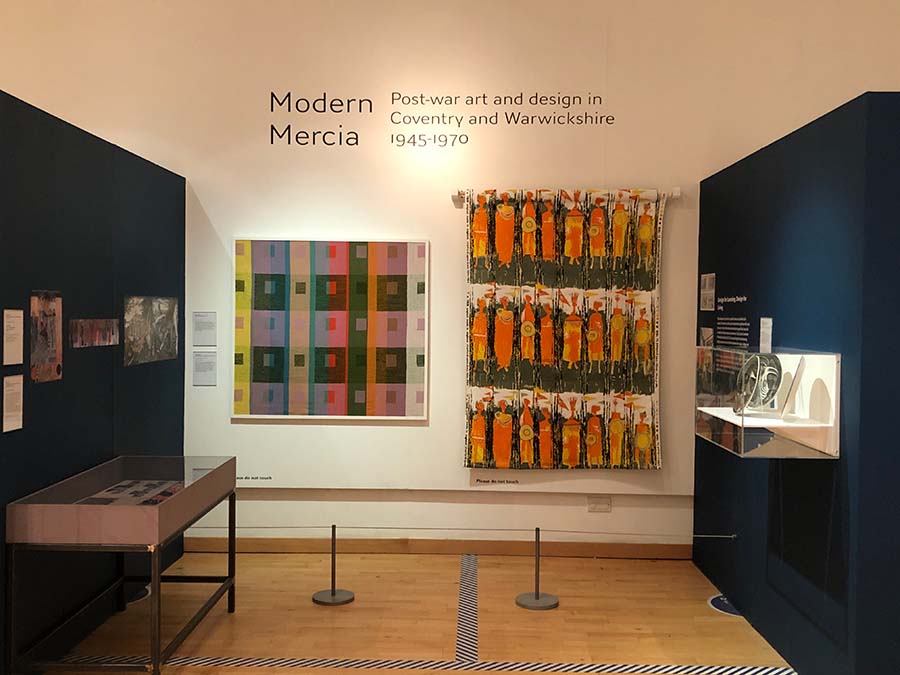
Fig.1 Install Shot of Modern Mercia featuring Madison, 1957 and Age of Kings, 1964 by Tibor Reich, courtesy of Tibor Ltd
Of the public art commissioned during the post-war period in the West Midlands, the vast majority is sculpture. Free-standing sculpture, brick murals and concrete reliefs were integrated into buildings across the region including Broadgate House in Coventry, as well as a number of churches and schools. Many of these sculptures are still in situ, although some have been destroyed during redevelopment. In either case, we could not borrow them for the exhibition. We were therefore faced with a challenge: how to convey the importance, and in some cases the scale of these works, within the gallery space. This challenge encouraged us to hunt for as many preparatory works and photographs of these works as possible, something which yielded rich rewards. We were able to locate maquettes of Alma Ramsey-Hosking’s Sir Guy and the Dun Cow, (figure 2) created for Broadgate House, at the Herbert Art Gallery & Museum, and for Bernard Schottlander’s sculpture 3B Series, No. 1, sited on Warwick University’s campus, in the collection of Warwick University’s Mead Art Gallery. Although not regularly displayed, these were not unknown items. However, in our research we were able to discover a number of works from private collections that have not been on public display for decades. The most significant of these was George Wagstaffe’s Naiad (figure 3) which takes centre stage in our show. Inspired by a seaside encounter with a young woman called Doreen Mills, Wagstaffe created this sculpture whilst studying at the Coventry College of Art. It was cast in resin and placed, to a mixed reception, beside a pool in the courtyard of the City Architect’s Department from 1960—1982. Vandalism and weather damage led to its removal and it was recast in bronze. This bronze is being prominently re-sited this year in Coventry’s Upper Precinct to celebrate the City of Culture. The original resin sculpture, believed to be lost, was restored especially for this exhibition after years in the artist’s garden.
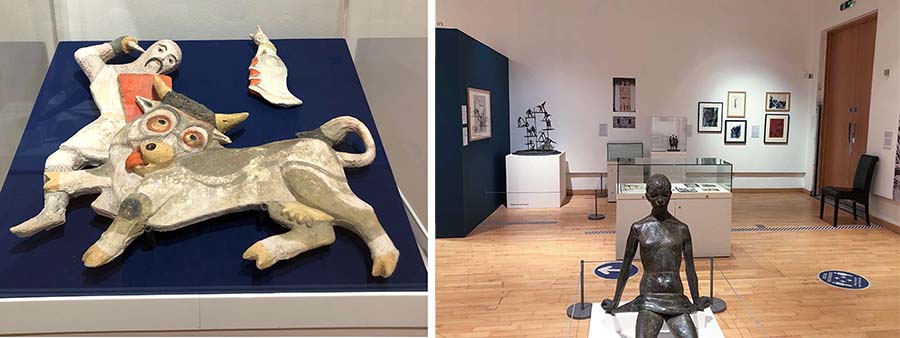
Fig.2 Alma Ramsey-Hosking, Maquette for Sir Guy and the Dun Cow, 1952, Herbert Art Gallery & Museum, courtesy of Hosking Houses Trust. Fig.3 Install Shot of Modern Mercia featuring George Wagstaffe’s Naiad, 1957-1958
We hope that the regional focus of this exhibition will encourage an expanded, more nuanced view of British art in the post-war era. Coventry is an especially interesting place as it exposes fascinating differences between regional and national approaches to art and architecture. This was evident in the relationship between the City Architect, who focused on rebuilding a modern industrial city, and the architect Basil Spence, who designed and oversaw the rebuilding of Coventry Cathedral after the war, the premier project of Britain’s post-war reconstruction. Interesting rivalries developed as the city – impatient to rebuild the centre and much-needed housing, schools and shops – vied with the cathedral for materials, funding, artistic commissions and public attention.
By exploring the artworks made in Leamington, Stratford and Warwickshire, our exhibition demonstrates that Coventry’s commitment to public art provided a stimulus for the whole region. Artists like Steven Sykes and Margaret Traherne, who received commissions for the new cathedral, also created work for Warwickshire churches, whilst Walter Ritchie (figure 4) produced reliefs for schools all over the region. The exhibition has also highlighted the internationalism of post-war art. Both Coventry and the surrounding area commissioned work from refugee artists from the German-speaking countries and Eastern Europe, including Bernard Schottlander, Peter Laszlo Peri and Ralph Beyer, while Jurgen Seidel, a Dresden artist, designed the mural for Coventry’s retail market [4].
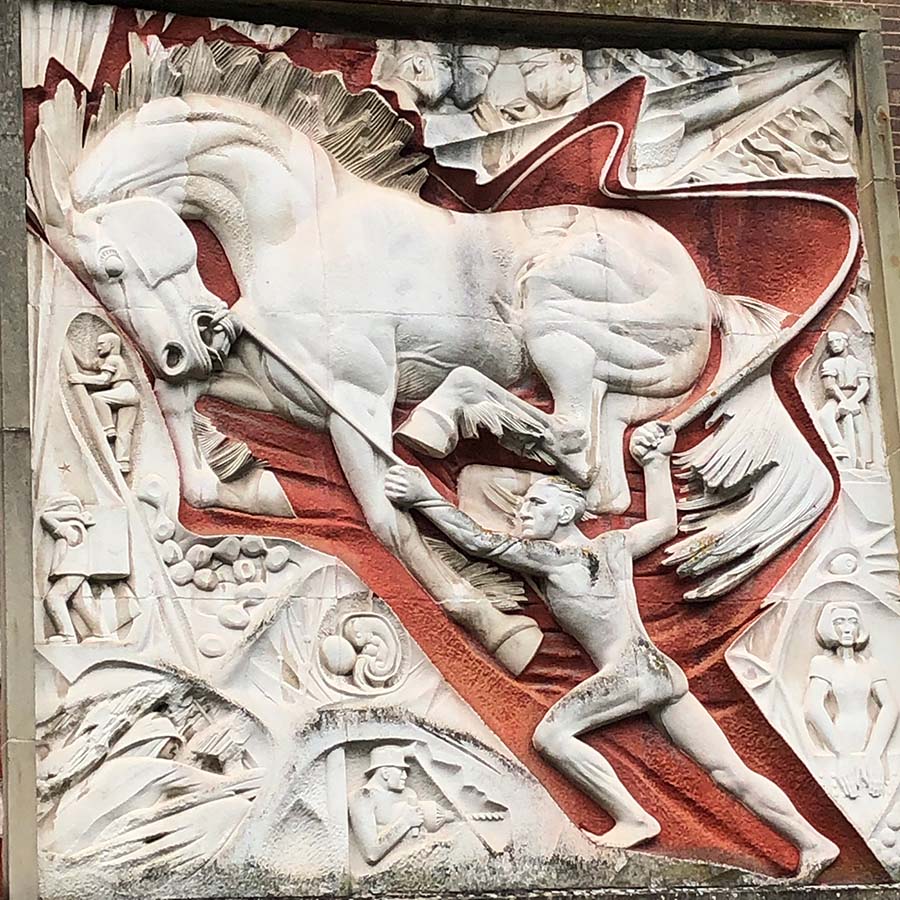
Fig.4 Walter Ritchie, Man’s Struggle to Control the World Outside Himself, 1954-1959, courtesy of Sally Taylor
The exhibition has highlighted important characteristics of this period of post-war public art. Looking across the works featured, perhaps what is most obvious is the eclectic nature of the art being produced during this period, sometimes by the same artist. Whilst public art was being commissioned across Britain, this eclecticism was very marked in the art produced in Coventry and Warwickshire. The three sculptures by Alma Ramsey-Hosking encapsulate three of the most prevailing styles of sculpture at this time. The first, Sir Guy and the Dun Cow, 1952 (figure 2), her only public commission for Coventry, has a faux-medieval style characteristic of the folk art produced particularly for the new centre of Coventry. Donald Gibson commissioned a number of artworks inspired by the city’s history and legends including Trevor Tennant’s wooden figures of Godiva and Peeping Tom for the Broadgate Clock tower made in 1953, a mosaic designed by Dick Hosking of the Coventry Martyrs, also made in 1953 and the Broadgate Standard featuring an elephant and castle from the city’s coat of arms, erected in 1948 [5]. These helped to provide a reminder of the city’s past, whilst the symbol of the phoenix, seen in Trevor Tennant’s Levelling Stone (1946) in the Upper Precinct and George Wagstaffe’s Phoenix sculpture (1962) in Hertford Street, encouraged optimism for the new city rising from the ashes. Hosking’s Mother and Child (figure 5), although a later work produced in 1980, shows the clear influence of her teacher Henry Moore with its organic, rounded forms and abstracted figure. Other work by Walter Ritchie (figure 6) and John Skelton’s similarly displays the influence of pre-war direct carving. Their work was strongly influenced by Eric Gill, with whom they worked. The final piece by Ramsey, Watchers at a Staircase, c.1960s, encapsulates the modernist approach which was shared by artists like Peter Laszlo Peri and George Wagstaffe, particularly in the creation of attenuated figures and the use of ciment fondu.
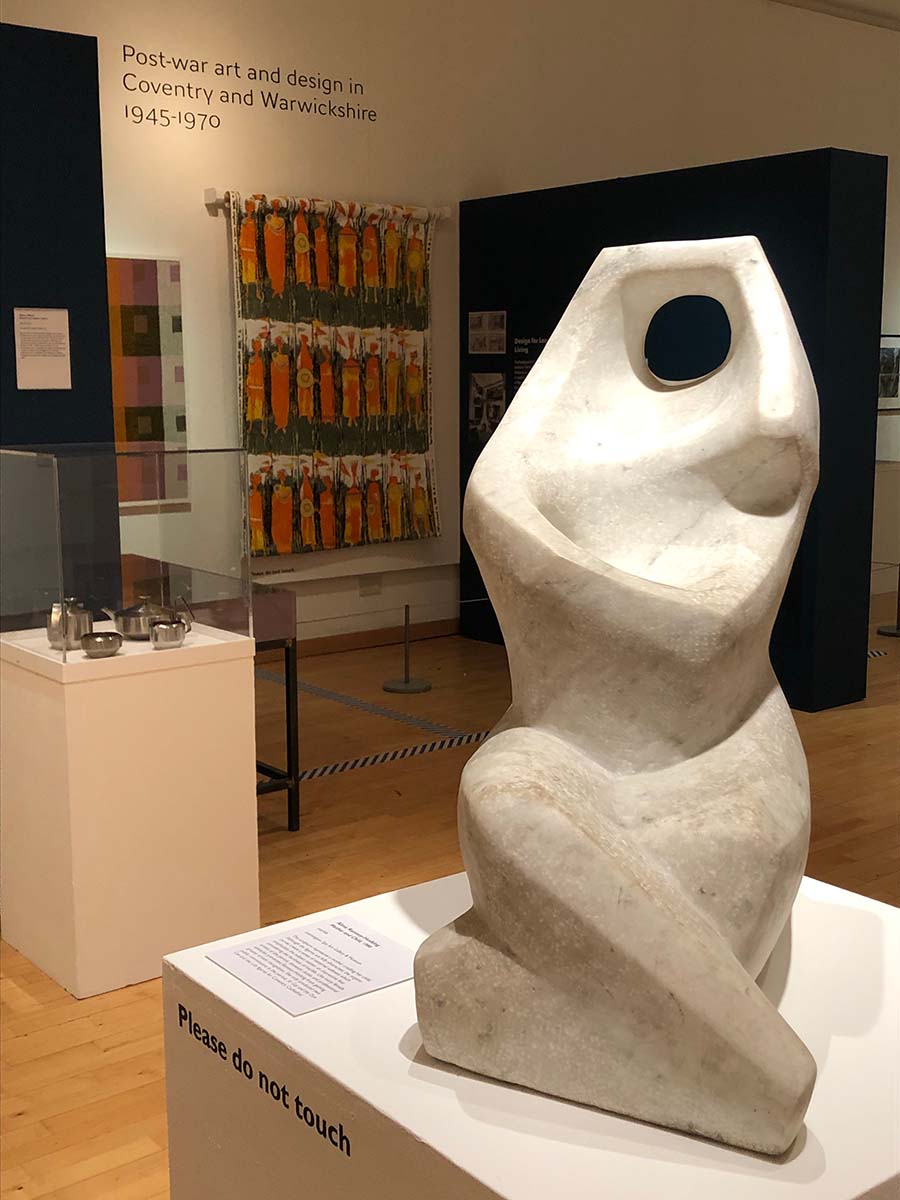
Fig.5 Install Shot of Modern Mercia featuring Alma Ramsey-Hosking’s Mother and Child, 1980, Leamington Spa Art Gallery & Museum, courtesy of Hosking Houses Trust
The development of this exhibition was constrained by several factors: the limited budget of a local authority-funded museum, the size of the exhibition gallery, and – in March 2020 – the advent of Covid. The first two factors are ones which all curators face to some extent and were far from unique to this exhibition. Early on we had to accept that overseas loans such as the maquette for Pax, a remarkable memorial to the victims of the blitz commissioned from the sculptor Georg Ehrlich, currently at the Wien Museum in Vienna, was beyond our reach. Similarly, conservation issues ruled out loans from the collection of work by the sculptor and letter-carver John Skelton at the East Sussex Record Office.
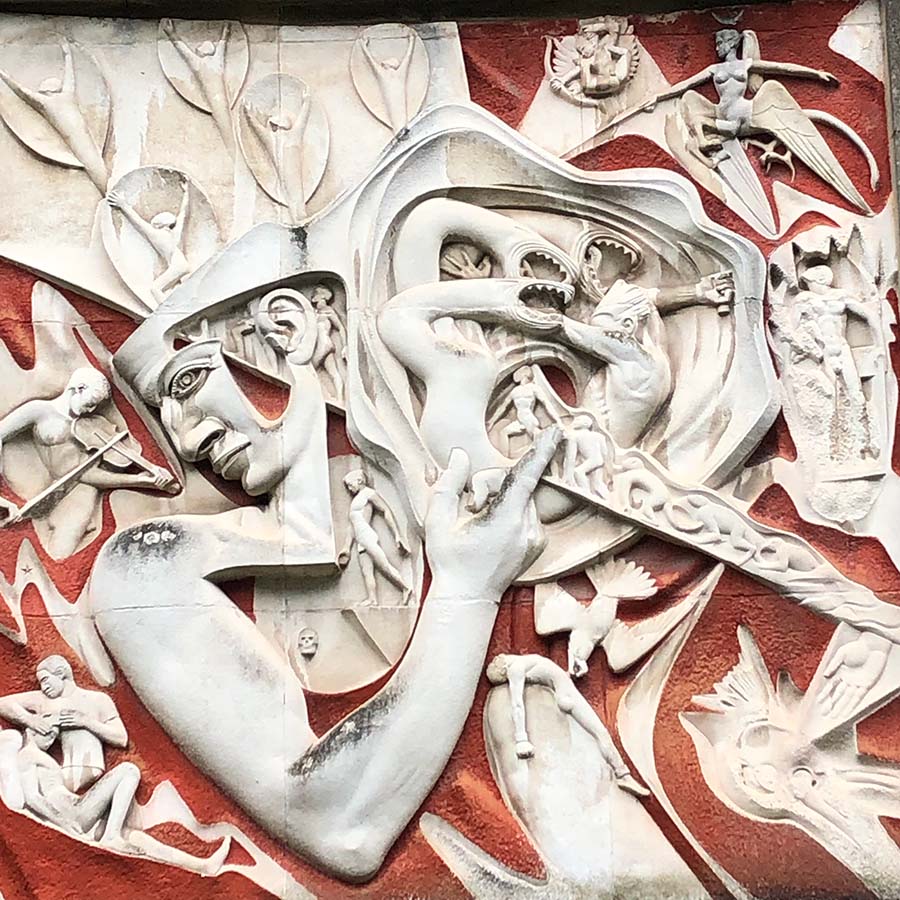
Fig.6 Walter Ritchie, Man’s Struggle to Control the World Inside Himself, 1954-1959, courtesy of Sally Taylor
What were unique were the lockdown conditions of spring and early summer 2020 and winter of 2020—21. Jane began working at the gallery in April 2020 and for the first four months the exhibition could only be discussed online. Research became more difficult as collections such as the Shakespeare Birthplace Trust and the British Architectural Library remained closed throughout the pandemic. Still more serious, we were unable to view potential exhibits at the homes of local lenders. As we formulated our object lists, we had to take a leap of faith and commit to borrowing objects we had never seen in person, or which Louise had seen several years before. During the installation of the exhibition, it was a pleasant surprise to unwrap the wonderful objects that we were able to borrow and to know that our gamble had paid off.
At the same time, our regional focus had unexpected benefits during lockdown. With libraries and archives inaccessible for many months, local contacts, societies, collectors, historians, curators and archivists proved immensely helpful in loaning books and providing scans of documents and digital images. In the process, the relationship between the museum and local organisations was deepened and strengthened. Fundamental to our research were the publications of the Herbert Art Gallery: its comprehensive 1980 Survey of Public Art in Coventry charted a remarkable tradition of public art which was then largely intact. Forty years on, however, we were shocked to discover how little of that work had survived. For example, during the post-war period, a significant number of art works were made for schools in the region, particularly stage curtains and murals, as new educational theories championed the importance of creating stimulating environments for learning. A large proportion of these artworks no longer survive because they were especially vulnerable to wear and tear, and changes in the use of space in schools. In Coventry, a major school redevelopment programme which occurred around 2000 resulted in the demolition of a number of post-war comprehensive school buildings, with the art works contained therein lost or destroyed [6]. Today, economic recession and a neglect of the public realm have taken their toll on Coventry’s city centre. Much of the public art designed for the Upper and Lower Precincts has been moved, is neglected, or damaged, and its architectural setting changed. The re-sited Gordon Cullen mural (figure 7), for example, lacks a section representing historical figures associated with the city, and on a reconnaissance visit in 2020 we found the Coventry Martyrs mosaic obscured by a sheet of glass. Other works currently at risk from the proposed City Centre South scheme include William Mitchell’s listed Three Tuns mural and Alma Ramsey’s Sir Guy and the Dun Cow. Such artworks are deserving of conservation and protection we hope that seeing the creative process behind these works through our exhibition, evident in sketches, photographs and maquettes, will encourage visitors to recognise the significance of the public art of the period and the contribution it makes to the public realm.
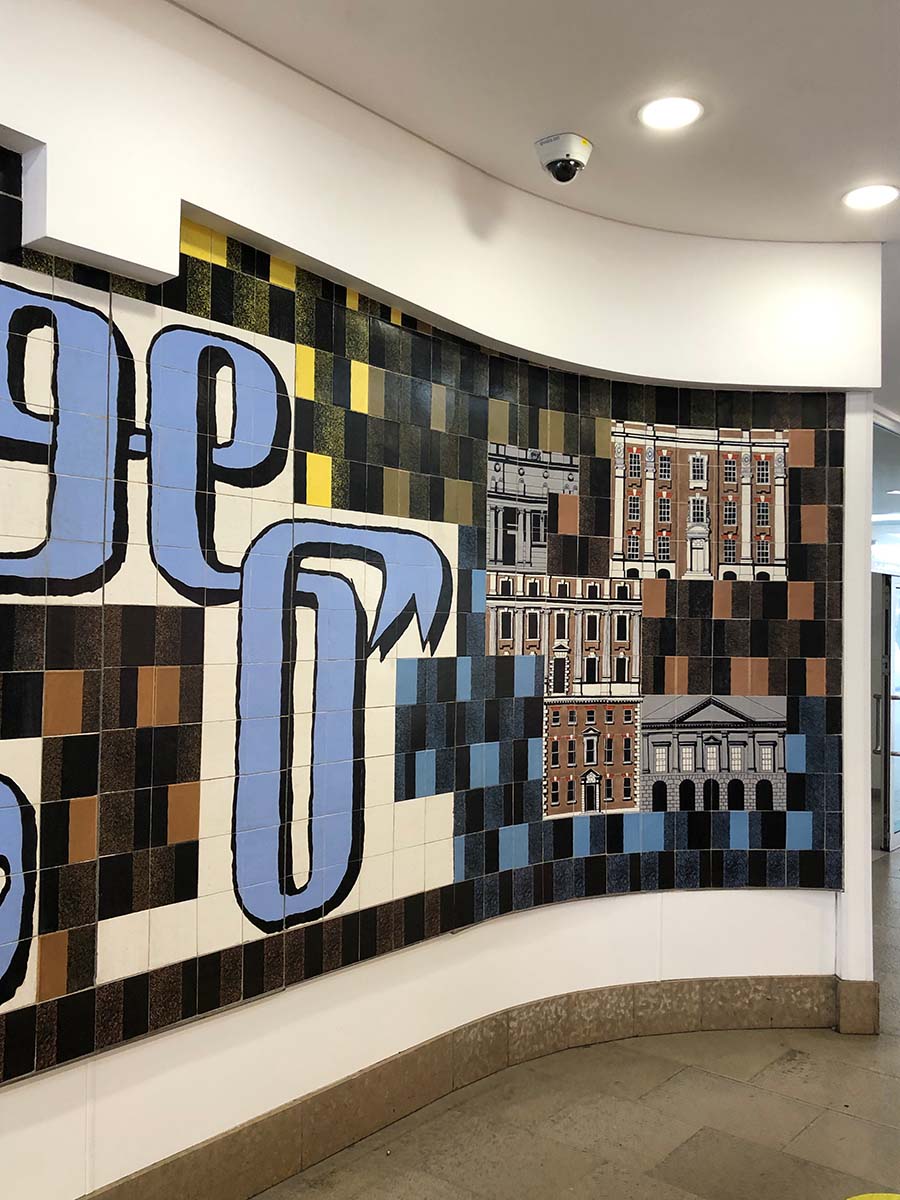
Fig.7 Section of Gordon Cullen’s Mural, 1958, Lower Precinct, Coventry
Coventry has been designated Britain’s City of Culture for 2021; in the post-war era it was rather a City of Sculpture. Our exhibition reveals the importance once placed on a well-designed environment as a source of pleasure and civic pride, and a necessary complement to the economic prosperity which the automotive and textile industries brought to the city and its surrounding region during the post-war years. This exhibition is intended to encourage local people to reconsider their urban environment and to look more closely at the sculptures and murals they may have previously walked past. Ultimately, the exhibition is an attempt to demonstrate the quality of the undervalued art and design of the fifties and sixties and the importance of looking after it.
- Louise Campbell is Professor Emerita at Warwick University.
- Jane Simpkiss is Art Curator at Leamington Spa Art gallery & Museum.
Endnotes
[1] For example, Trevor Tennant’s wooden figures of Godiva and Peeping Tom for the Broadgate Clock, 1953, Alma Ramsey-Hosking’s Sir Guy and the Dun Cow, 1952 and Richard Hugh Hosking and Rene Antonietti’s Coventry Martyrs Mural, 1953. L. Campbell, Paper dream city/modern monument: Donald Gibson and Coventry. In: Boyd Whyte, Iain, (ed.) Man-made future: planning, education and design in mid-twentieth-century Britain (London; New York: Routledge, 2007) pp. 121-144.
[2] See J. and C. Gould, Coventry: the making of a modern city 1939-73 (Historic England, 2016); G. Noszlopy, Public sculpture of Warwickshire, Coventry and Solihull (Liverpool University Press, 2003); N. Pevsner and C. Pickford, Warwickshire (Yale University Press, 2016).
[3] A Survey of Public Art in Coventry (Herbert Art Gallery and Museum, Jordanwell, Coventry, 1980).
[4] Ibid; Indoors and out: the sculpture and design of Bernard Scottlander (Henry Moore Institute, 2007); S. Behr and M. Malet (eds.) Art in exile in Britain 1933-1945: politics and cultural identity ed. (Berg, 2005).
[5] See Campbell, 'Paper Dream City', op cit.
[6] Particularly sad is the disappearance of the appliqué stage curtains designed by David Holt and Gerald Holtom for four of these schools. In Warwick, Alan Sorrell’s mural of The Seasons at Myton School has been hidden since 2015 behind a false wall. By contrast, Walter Ritchie’s work for schools all over Warwickshire has fared better, partly due to the durability of his favoured materials, brick and stone, and partly to the enduring popularity of its style and subjects, for example, Peter Pan and the Darling children at Kingsway School, Leamington and Three Aspects of a Girl’s Education at North Leamington School.